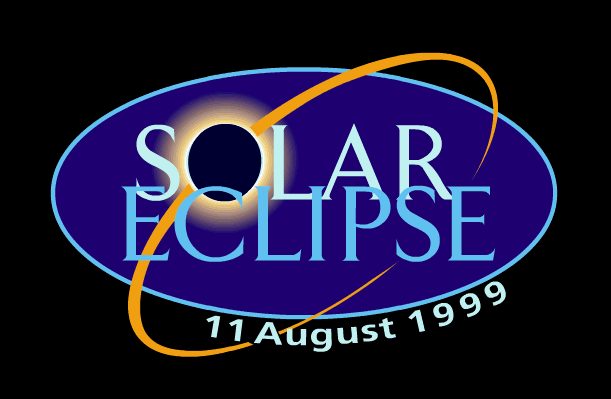 Which
frequencies to choose
Which
frequencies to choose Which
frequencies to choose
Which
frequencies to choose
The best transmitter frequenciesThe best frequencies to choose to monitor are the lower frequency bands. Below 7MHz are likely to show the best effects, 7-10MHz may still show significant changes (depends upon the path). However the further above 10 MHz you go the less significant the changes in signal strength are likely to be.The Reporting NetworksBelow are some of the frequencies being suggested by Geoff Grayer G3NAQthese do not have to be the only ones used by any means.73 kHz 128 kHz 1.933 or 1.937 MHz * 3.760 MHz 7.060 MHz 14.265 or 14.359 MHz*) if there is sufficient interest. At the discretion of the Net Controller; depending on QRM; please check both frequencies. Actual frequencies used will depending on QRM. As part of an RSGB/RAL (Rutherford Appleton Laboratory) collaboration, it is our aim to form SSB nets on the frequencies given in Table above, normally used by the Worked All Britain Awards Group, who have kindly agreed to co-operate. In addition, we would like to encourage cw nets for those who prefer this mode, and especially on 73 and 128 kHz; the effects on these VLF bands will be spectacular and possibly surprising. |